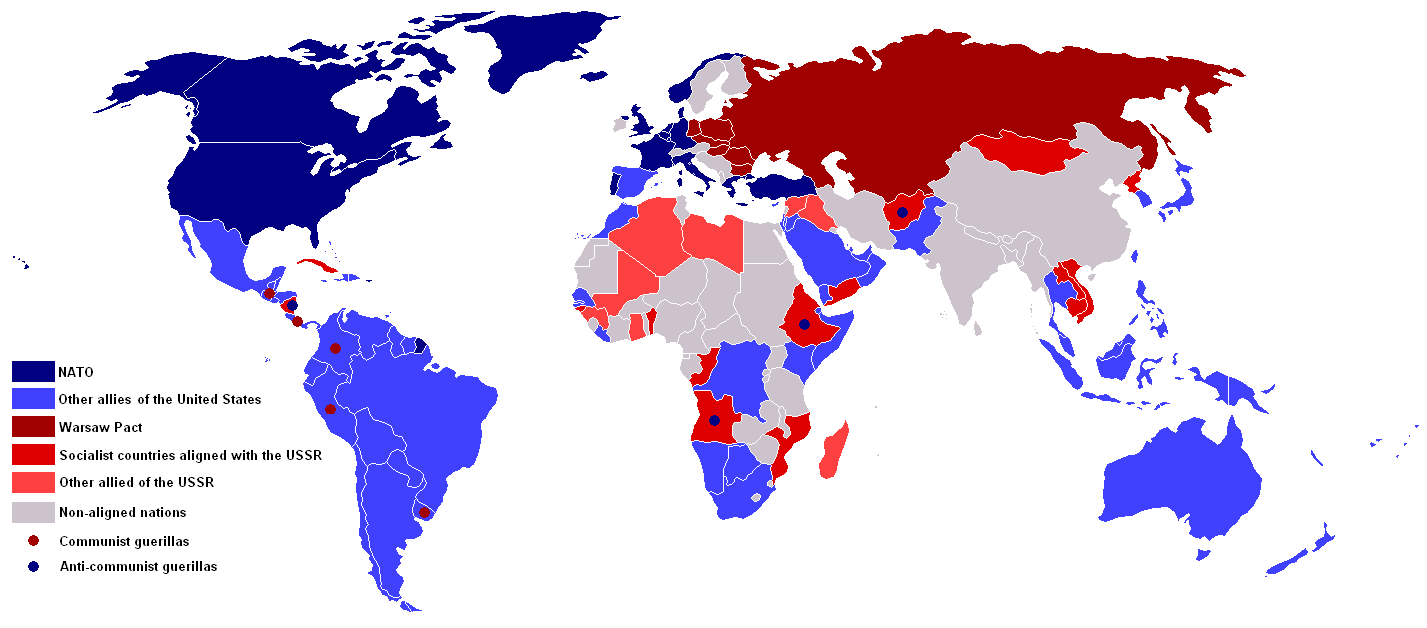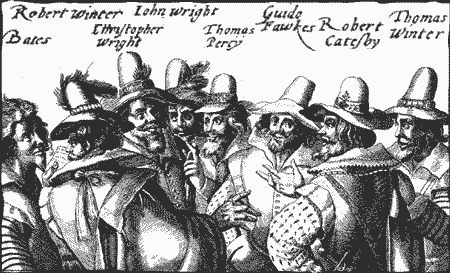There is no real argument against the idea that explosives changed the way the world works. Gunpowder drew the world together through trade and changed the way war was made. TNT and dynamite allowed for greater and more controlled destruction. And at the end of the Second World War humanity faced the threat of nuclear holocaust. With bombs, Manuel De Landa suggests, the previous method of warfare (that of attrition) had been totally abandoned for the new style: war of annihilition.
“The atomic bomb made the prospect of future war unendurable. It has led us up those last few steps to the mountain pass; and beyond there is a different country.” – J. Robert Oppenheimer, director of the Manhattan Project.
As the nations of the world squared off, East against West, bombs and explosives became not just tools of military struggle, but objects of worldwide anxiety. The Soviet Union had not been far behind the U.S.A. in their developments, and thus there was created a hierarchy of power.
Having nukes made a country more legitimate, and small powers like France and England were quick to begin work on their own bombs. Interestingly enough, already there were other places, like Germany (who had just suffered defeat in the War) and Canada (who at that time had perhaps the most accessible uranium mines in the world) who already chose not to pursue nuclear capabilities.
“No country without an atom bomb could properly consider itself independent.” – Charles de Gaulle.
Still, as the two superpowers lined up and flexed their military muscle, the entire world held its breath as the ‘bomb terror’ rose into a tension that could probably be felt on the streets of Moscow and Washington.
I went into this project with this as my main perspective on bombs: that nukes were so powerful and threatening that they scared everyone into a stalemate (although there were smaller related conflicts in the battle of Communism versus Capitalism). The bomb reached the zenith of its power when wars were imagined to be fightable with the push of a button. While the aspect of such a nuclear war is terrifying, there is certainly something less personal about the one-button-warfare.
Looking back to 14th century artillery, which was inferior to projectile throwing machines such as the trebuchet, it seems to have found its niche thanks to the loud noise and explosion it yielded and the powerful effect this had on enemy morale. Thus, before it was a very effective tool of destruction, it was a tool of terror. When the Cold War ended, it seemed that, through the continuing smaller conflicts across the globe and the 'rise of terrorism,' humanity's relationship with the bomb returned to what it had been before the modern age.

–The World of the Cold War.
 –Guy Fawkes and Co.
–Guy Fawkes and Co.
Check out the weirdest nuke of all.
Image sources: http://upload.wikimedia.org/wikipedia/commons/archive/f/ff/20060417212908!Cold_War_Map_1980.png, http://mildcolonialboy.files.wordpress.com/2007/11/namesno.gif
Next: iii. Issues of Morality and Violence.
Back to the bomb main.
